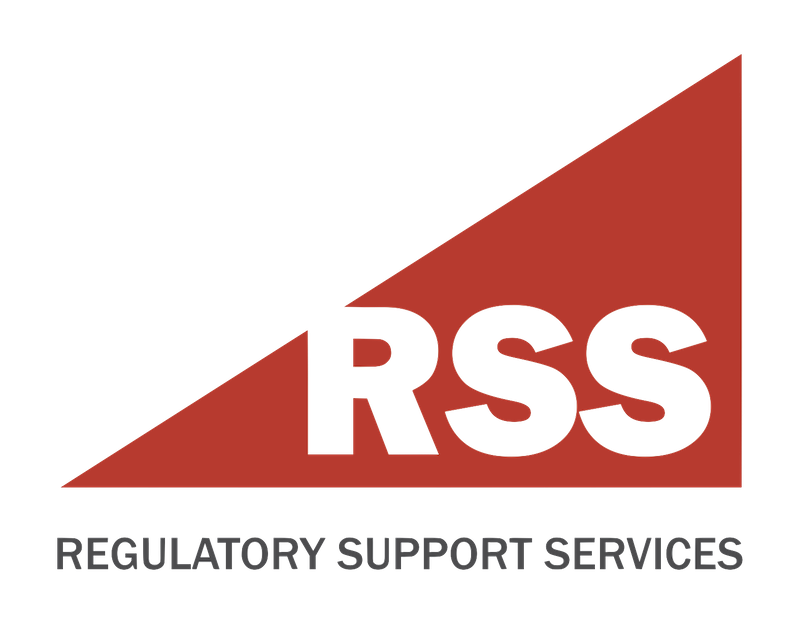- Have any questions?
- 804-784-7347
- mail@regulatorysupportservices.com
How to Create a Heat Illness Prevention Plan

FUNERAL EXPENSE REIMBURSEMENT BY FEMA
July 2, 2021
Dentist Examined by OSHA Inspectors
July 16, 2021As the summer temperatures start to rise, so should your awareness of the effect of summer heat on your employees. Employers are responsible for providing a work environment which is free of known safety hazards, which includes protecting employees from extreme heat.
Exposure to hot environments and extreme heat can result in illnesses, including heat stroke, heat exhaustion, heat syncope, heat cramps, and heat rashes, or death. Heat also increases the risk of workplace injuries, such as those caused by sweaty palms, fogged-up safety glasses, and dizziness.
The Occupational Safety and Health Administration (OSHA) teamed up with The National Institute of Occupational Safety and Health (NIOSH) to provide employers with many resources based upon its scientific data to assist employers in keeping their employees safe from the dangers of heat. They have even created an app called the OSHA-NIOSH Heat Safety Tool – downloadable from the Apple Store or Google Play – which features:
- A visual indicator of the current heat index and associated risk levels specific to your current geographical location
- Precautionary recommendations specific to heat index-associated risk levels.
- An interactive, hourly forecast of heat index values, risk level, and recommendations for planning outdoor work activities in advance.
- Editable location, temperature, and humidity controls for calculation of variable conditions
- Signs and symptoms and first aid information for heat-related illnesses
I bet you didn’t think they were that hip!!
The Pandemic initiated additional recommendations from the Centers for Disease Control and Prevention (CDC) and which informed employers on how they could modify their heat prevention programs to protect their employees from both heat stress and the COVID-19 virus.
OSHA recommends that employers create a heat illness prevention plan which includes the following considerations:
- Who will provide oversight daily?
- How will new workers gradually develop heat tolerance?
- Temporary workers may be more susceptible to heat and require closer supervision.
- Workers returning from extended leave (typically defined as more than two weeks) may also be at increased risk.
- How will the employer ensure that first aid is adequate and the protocol for summoning medical assistance in situations beyond first aid is effective?
- What engineering controls and work practices will be used to reduce heat stress?
- How will heat stress be measured?
- How to respond when the National Weather Service issues a heat advisory or heat warning?
- How will we determine if the total heat stress is hazardous?
- What training will be provided to workers and supervisors?
You may wish to refer to OSHA’s heat exposure prevention planning page for additional resources and recommendations.
Prevention of heat stress includes training workers so they understand what heat stress is, how it affects their health and safety, and how it can be prevented. Both training and making heat hazard resources available to your employees is critical. Consider posting one or more of the following posters and informative publications for viewing by your employees:
Prevent Heat-Related Illness (cdc.gov)
Prevent Heat Illness at Work (New!)
Ways to Protect Yourself and Others (from Heat Illness)
Additionally, the NIOSH Criteria for a Recommended Standard: Occupational Exposure to Heat and Hot Environments contains a lot of information related to how heat stress affects the body, individual and environmental risk factors, heat-related illnesses, and recommendations to protect workers. It is an in-depth study of the topic and is full of practical suggestions for protecting your workers from heat illness or injury.
Anyone can get heat illness. During extreme temperatures, design a plan which protects the people who work with and for you. Raise awareness within your business of the dangers of extreme heat, develop a plan to address the risks, train your employees and monitor who may most benefit from your plan to assure they are protected. And know that Regulatory Support Services is here to support you should you need assistance in developing a customized Heat Illness Prevention Plan for your business.




